Your cart is currently empty!
What Locates Cell Phones Better, RF or Ferromagnetic Detectors?
Cell phone detectors generally fall into two categories based on the method they use to locate the devices so there is no clear winner when you pit the two against each other. Both have their pros and cons but when you combine their effects, you get some serious cell phone detection abilities. Let’s examine the pros and cons of each technology so you can determine which one gets the best job done for your security work.
Radio Frequency Detectors
RF detectors work by picking up the communication between the cell phone and the tower. As long as the phone is on and not in airplane mode, it transmits data periodically even when not on a call. When on a call or actively transmitting data (such as performing a task like downloading streaming music or video) the signal is consistent and the phone’s position is easy to locate.
Advantages:
Long range – Some RF detectors can locate cell phones up to a mile away.
Can triangulate the phone’s position – Sophisticated detectors can show the signal strength and approximate direction, so the operator (or multiple operators working together) can zero in on the device’s position.
Can be discreet – The smallest RF detectors can be concealed on the operator’s person while in use.
Instant detection – An RF detector can pick up the device the instant it begins transmitting. Some operators have even managed to catch the phone user in the act.
Disadvantages:
Cannot detect phones that are off or in airplane mode –If a phone is powered off or not transmitting, it is invisible to the detector.
Cannot detect disassembled phone parts – In some secure facilities, phones are smuggled in pieces and reassembled on the inside.
Ferromagnetic Detectors
These detectors locate cell phones by detecting the ferromagnetic components all phones use. They do not rely on radio waves and are ideal for finding devices that are not in use.
Advantages:
Can detect phones that are off or in airplane mode – Since the detector locates phones by their physical properties, it does not require transmissions from the antenna.
Can detect certain essential phone parts – Ferromagnetic detectors can find parts such as mainboards and speakers.
Can distinguish between phones and other metallic objects – Ferromagnetic detectors are not fooled by other metal objects such as jewelry, buckles, clothing studs or chains.
Can find concealed phones – Ferromagnetic detectors can locate phones hidden behind walls, under clothing or in packages, bags and other objects. They can even locate phones hidden inside someone’s body.
Disadvantages:
Short range – Ferromagnetic detectors must come within a short distance of the phone to detect the device. The maximum range is a foot or two at most.
Which technology is best?
Both have their place. Instant alert and long range make RF detectors ideal for detecting phones at a distance, covering large areas and scanning groups of people. Ferromagnetic detectors are ideal for pinpointing hidden cell phones within a confined space or scanning individual people, packages and bags. Both are necessary for securing public spaces, private facilities and overall TSCM (Technical Surveillance Counter Measures) applications.
BVS offers a full line of cell phone detectors that includes both RF and ferromagnetic detection devices for wireless threat detection applications. Contact us today and we can help you determine which solution is best for your organization.
[starbox]
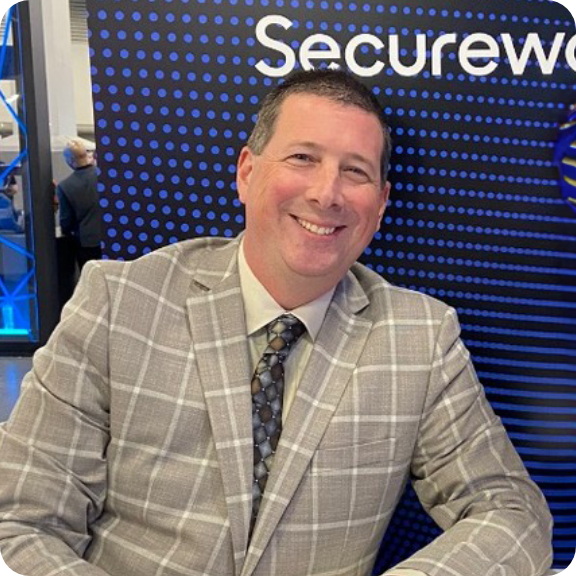
Scott Schober
CEO | Author | Speaker at Berkeley Varitronics Systems
Scott Schober presents at cybersecurity and wireless security conferences for banking, insurance, transportation, construction, telecommunications and law enforcement industries. He has overseen the development of dozens of wireless test, security, safety and cybersecurity products used to enforce a “no cell phone policy” in correctional, law enforcement, and secured government facilities. Scott regularly appears on network news programs including Fox, Bloomberg, Good Morning America, CNN, MSNBC, NPR and many more. He is the author of 'Senior Cyber', 'Cybersecurity is Everybody's Business' and 'Hacked Again', the “original hacker’s dictionary for small business owners” - Forbes Magazine.
Our Newsletter
Lorem ipsum dolor sit amet, consectetur adipiscing elit. Aliquam mattis ligula vitae leo scelerisque, sit amet feugiat ex venenatis.
"*" indicates required fields
Latest Posts
Our Best Sellers
How can we help?
Lorem ipsum dolor sit amet, consectetur adipiscing elit. Nunc dictum aliquet justo sit amet consectetur. In tempor lobortis ante vitae ornare. Praesent feugiat magna at tempor consequat. Aenean in iaculis libero, aliquam imperdiet mi.




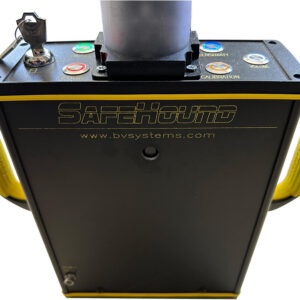
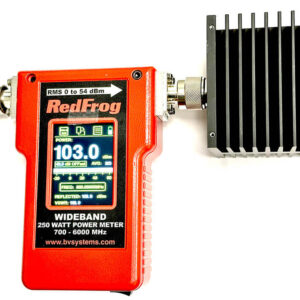
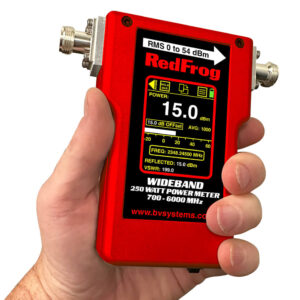

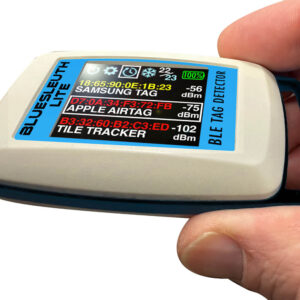

Leave a Reply